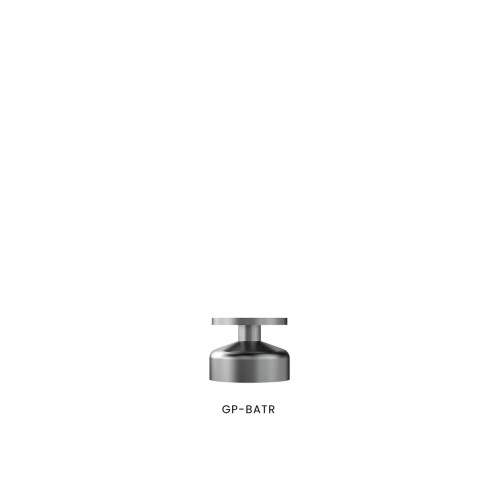IMPRESSION COPINGS
Dental impression coping is a manufactured device which is used to copy the exact shape and position of a dental implant abutment interface. With impression copings we can replicate the position of the implant in the patient’s mouth.
When to use
- Implants in posterior zone
- Areas with limited intraoral Access
- Single implants and short span bridges
- It can be used for multiple units, but if implants are sufficiently parallel to each other
- Limited mouth opening and/or difficult access implant in the posterior region.
- Limited intra-arch space
How to use
- Remove healing cap using the prosthetic driver, ensuring the platform is clear of soft tissue and bone.
- Place the closed tray impression coping on the implant body and hand tighten using the corresponding screw and prosthetic driver. After placing the impression coping, it is necessary to take a radiograph to ensure it is seated completely.
- Place the impression cap on top of the fixed impression post.
- Push the impression cap in an apical direction until in “CLICKS”.
- Take the impression
- Once the material is cured, carefully remove the tray
- The impression cap remains in the impression material and is automatically pulled off from the impression post with the removal of the tray
- Unscrew and remove the impression post from the patient’s mouth.
- Mount the impression post onto the analog using the guide screw.
- Reposition the impression post in the tray
- Gently push the impression post until you feel a tactile response of engagement.
- Lab process
Clinical advantages
- Easy method
- Less time for impression preparation
- Impression coping for closed tray are shorter, making it easier for posterior areas and for patients with limited mouth opening.
- Helpful with patients with limited mouth opening









